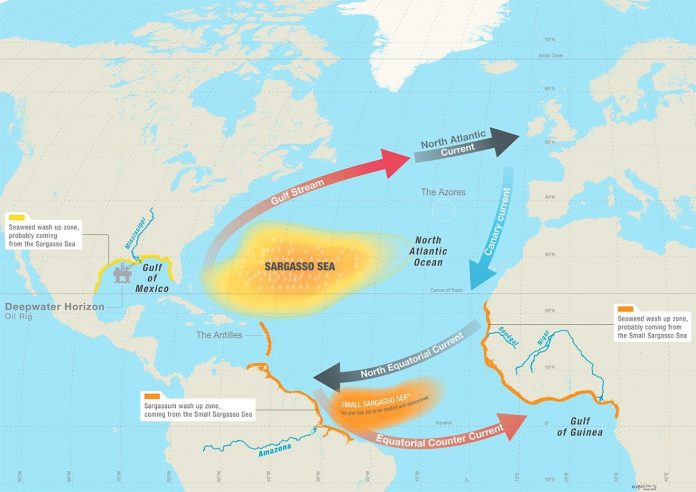Etnia Nativa through Island Insight facilitates cultural awareness, education and safeguards Aruba’s heritage by elevating each reader into an island keeper state of mind. Be encouraged to discover in every episode the true native effect, live it, discover more reasons to love Aruba behind our beaches and liven up your stay in an incredibly wonderful way.
Our island is a tiny tourist destination with a fragile ecosystem, covering thousands of years of history. Here is where Etnia Nativa’s main objective comes to mind through educating the readers over Aruba’s heritage. We believe in when you love and value what you have; ones greatest desire becomes to protect it.
We share awareness form out a local and native perspective, through respect and sustainability. During this episode we introduce certain threats from the marine system.
Natural sea ecosystems are sometimes under threat from human activity. For example, mechanical dredging of kelp destroys the resource and dependent fisheries. Humans have a long history of cultivating seaweeds for their use. In recent years, seaweed farming has become a global agricultural practice, providing food, source material for various chemical uses, cattle feeds and fertilizers. Because of their importance in marine ecologies and for absorbing carbon dioxide, recent attention has been on cultivating seaweeds as a potential climate change mitigation strategy for bio sequestration of carbon dioxide, alongside other benefits like nutrient pollution reduction, increased habitat for coastal aquatic species, and reducing local ocean acidification. The Special Report on the Ocean and Cryosphere in a Changing Climate recommends “further research attention” as a mitigation tactic.
Sargasso a brown macro algae numerous throughout temperate and tropical oceans of the world, where they generally inhabit shallow water and coral reefs. Sargasso presents risks to human health as well. In the water, it’s harmless to humans, but the trouble begins once it lands on the beach and starts to decompose. Breathing in these toxic fumes may cause, skin irritation, respiratory and neurocognitive symptoms in people that come in close contact with the degrading Sargasso. Our West coast beaches also are covered with sea weed and marine grasses due to seasonal bigger waves that bumbles and loosen up the sea weed of the coral which finally lands on the coast. Public Works (DOW) usually did the cleanup work and native traditional farmers picked up the rest with which they fertilize their “cunuco”, traditional “Caquetian” agricultural land plots.
While there are many different types of algae found floating in the ocean all around world, the Sargasso Sea is unique in that it harbors species of sargassum that are ‘holopelagic’ — this means that the algae not only freely floats around the ocean, but it reproduces vegetatively on the high seas. If we ask ourselves about the protection of particular algae called Sargassum, think that, being an open sea, the Sargasso Sea is part of the High Seas, the ocean area that covers almost 50% of the earth’s surface but is outside the jurisdiction and responsibility of any national government, and as such enjoys little protection.
If you love Aruba its origins and its cultural heritage, be part of the exclusive visitors of Etnia Nativa: a cozy museum/home.
Etnia Nativa a private residential houses collections of native art, archaeological artifacts and historic furniture, while the facilities themselves are the result of the transformation of recycled materials. Meet Anthony Croes, our columnist at his home! Book your visit Whatsapp + 297 592 2702- or mail: etnianativa03@gmail.com




















